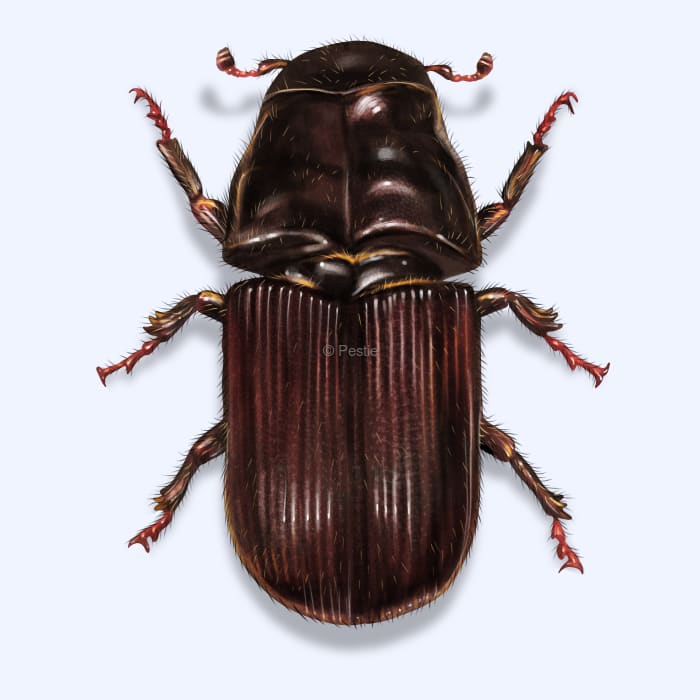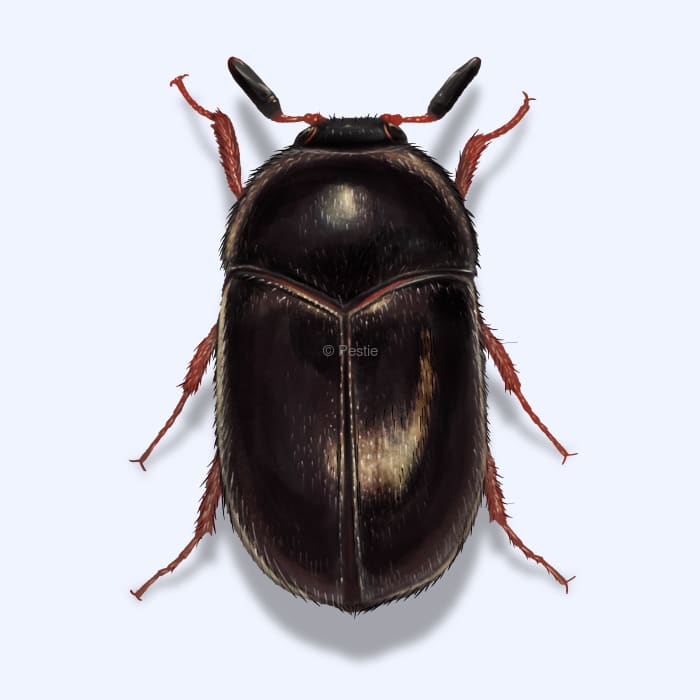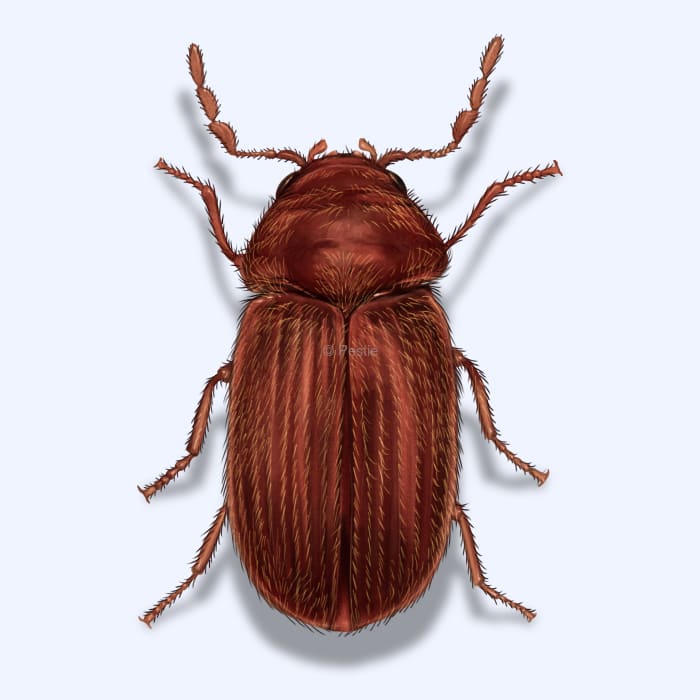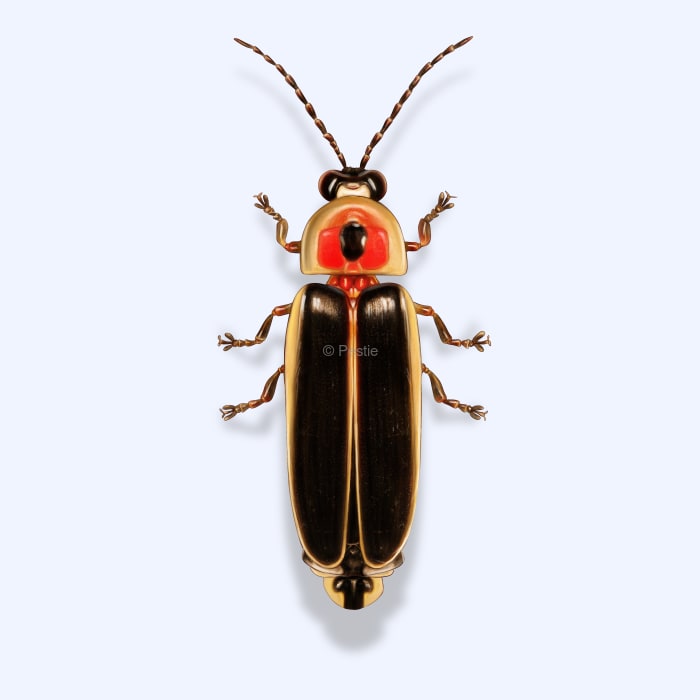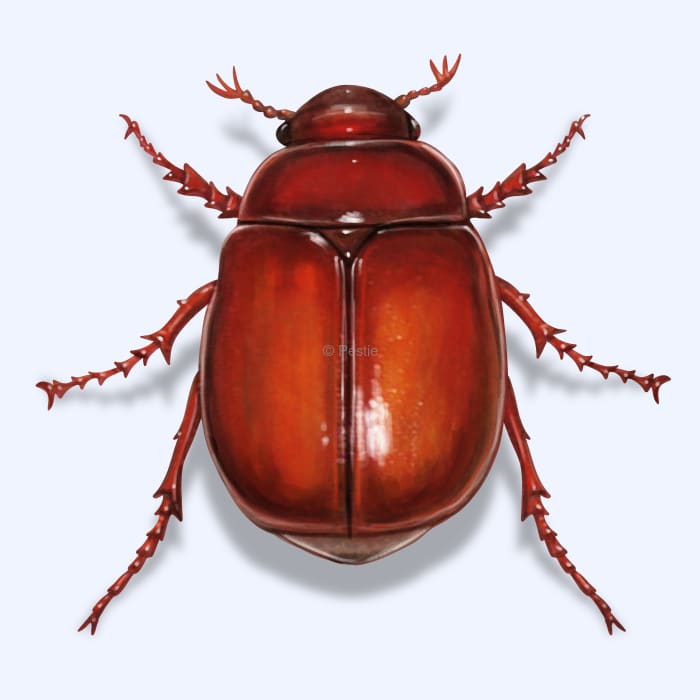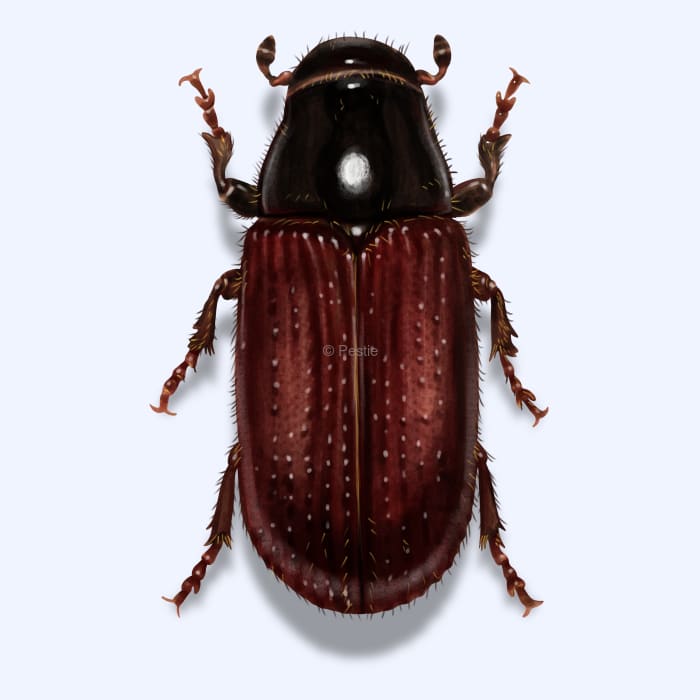How to identify and get rid of beetles
Why beetles are moving into your home
You’ve got a cozy, warm home that everyone loves, including a handful of beetle friends who don’t mind settling in for the winter.
We’re not talking about Paul and Ringo.
Beetles come in all shapes, sizes, and colors, but some are more of a nuisance than others. Some beetles invade your home to overwinter, like Asian ladybird beetles, click beetles, or elm leaf beetles. Others want to stay as permanent guests, like carpet beetles, flour beetles, larder beetles, or powder post beetles.
Whether they are coming in for food or shelter, it’s important that you can identify the pests and then come up with a solid strategy to get rid of them and keep them from coming back.
How to identify beetles
Since there are over 400,000 different beetles worldwide, it would be hard to figure out what each one looks like. Fortunately, only a handful of beetles become pests in our homes. Let’s explore what each one looks like:
- Carpet Beetles – These beetles have an oval shape with a mottled brown, white, and yellow pattern. They like to live on your carpet.
- Flour Beetles – These are small reddish-brown beetles that get into your pantry and contaminate flour and cereals.
- Grain Beetles – Similar in color and size to flour beetles, but have a serrated thorax. Also found in your pantry, munching on grains and cereals.
- Larder Beetles – This beetle is black with a yellow band and six black dots across its back. Known for eating stored meats and cheeses.
- Lesser Mealworm – Small, round black beetles frequently found in chicken coops or stored grains.
- Powderpost Beetles – Small, reddish-brown beetle that feeds on wood. It gets its name from the wood powder found below their exit holes.
- Asian Ladybird Beetles – Round beetles that vary from red to orange. Sometimes, they have black dots on their backs. Like to overwinter in large groups.
- Click Beetles – Long beetles that make a clicking noise when disturbed. They can spring themselves in the air to flip over.
- Elm Leaf Beetles – Small, yellow to green beetle with black stripes running down its back.
- June Bugs – Large beetles ranging from metallic green to brown. They fly to lights and make their way inside homes by accident.
Fun fact
Nearly 700 different species of beetles are consumed by humans around the world! Mealworms are a favorite treat for pets like reptiles and birds, and sometimes, people use them to cook and bake.
Are beetles dangerous?
Most beetles are pretty harmless. Only a few species bite, but only if you try to pick them up. A few species of beetles, like blister beetles or bombardier beetles, can cause chemical burns on your skin.
How to get rid of beetles
With so many different beetle species that can invade our home, it can be difficult to narrow down a specific list of things you can do to keep beetles out of your home.
However, you can follow these tips and tricks to keep beetles from coming inside.
- Caulk and seal gaps and cracks around your home
- Replace weather stripping around windows and doors
- Vacuum up any beetles you find inside and empty the contents outside or in a sealed bag
- Clean up spills and keep food in sealed containers
- Reduce outside lighting to prevent beetles from flying to porches or getting inside open doors
- Remove branches, debris, and vegetation around the foundation of the home
- Try a pro-grade, DIY solution like Pestie to get rid of beetles from your home
Treat beetles with Pestie
If you're still having trouble keeping beetles away, the best option is to use a pro-grade, effective pest control solution like Pestie.
Pestie is a do-it-yourself pest control solution that's specially designed to keep beetles and other pests away from your home.
With Pestie, you can rest easy knowing that your living space is protected and free of creepy crawlies. And the best part? It's designed for people, pets, and the planet, so you can say goodbye to harsh chemicals and hello to peace of mind!
- Save hundreds compared to traditional annual pest plans
- People, pet, and planet-friendly
- Pro-grade customized formulas









